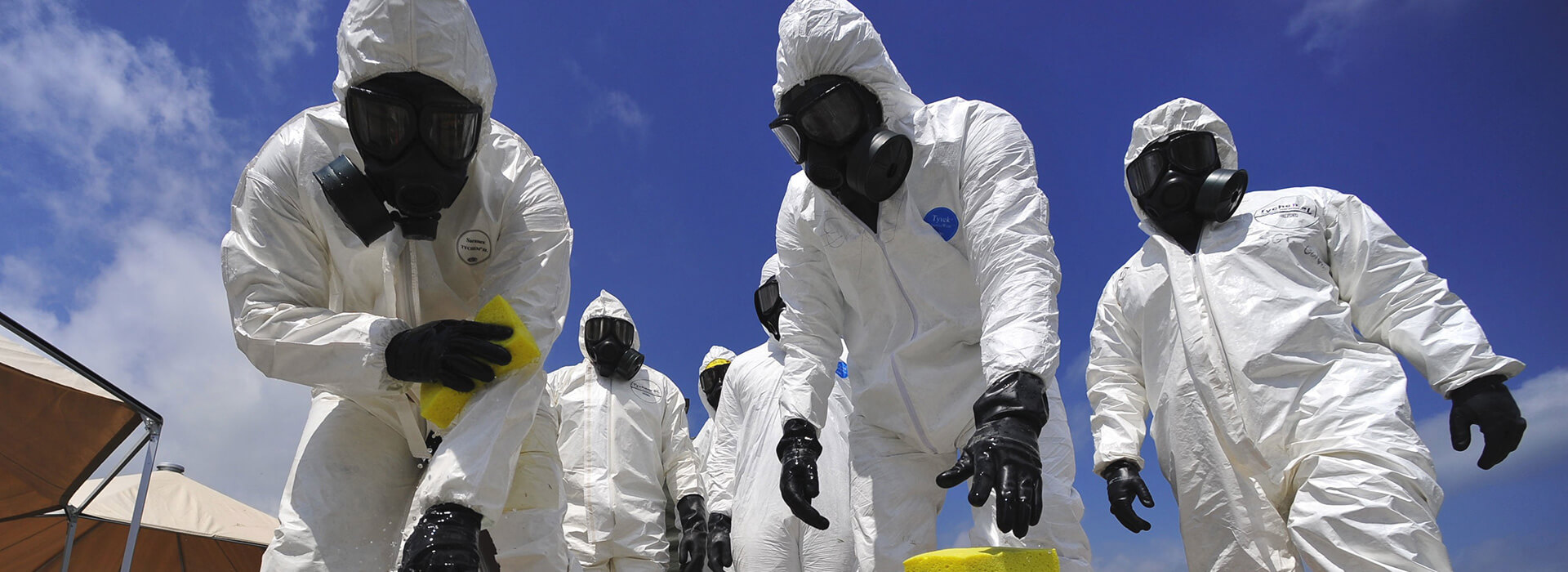

Nonwoven fabrics are generally defined as sheet or web structures that are connected by entangling the fibers or fibers mechanically, thermally or chemically. They are flat and porous sheets made directly from separate fibers or molten plastic. It is not woven or knitted and the fibers do not need to be transformed into yarn. These engineered fabrics create innovative opportunities in various industries. For example, clothing liners, automotive upholstery, wall coverings, carpets, civil engineering fabrics, envelopes, filters, wrapping materials, wipes, cleaning products, insulating materials, roofing and sterile medical use products.

The main non-woven fabrics are meltblown fabric and spunbond fabrics. These fabrics are either a disposable fabric with a limited life or a very durable fabric, depending on the place. These fabrics provide special functions such as absorbency, liquid impermeability, flexibility, softness, strength, flame retardancy, washability, buffering, filtering, bacterial barriers and sterility. These properties provide a good balance between product life and production cost and are often used together to create suitable fabrics for certain jobs. Nonwoven fabrics can reflect the look, texture and strength of a woven fabric and can be very voluminous depending on the location.
A few of the properties obtained using nonwoven fabrics can be listed as follows: absorbency, bacterial barrier, cushioning, filtering, flame retardant, liquid impermeability, durability, softness, strength, elongation and washability.
With these features, meltblown fabrics have a very common use in medical textile products. These fabrics must perform similarly to other textile fabrics and therefore must pass the necessary tests. Testing of the materials used in protective clothing for penetration resistance with synthetic blood is one of them. This test method is described in the ASTM F1670 standard designed by the American Society for Testing and Materials (ASTM). This standard explains the requirements for the penetration resistance of materials used in the construction of protective clothing and provides test methods.
Among the medical protective clothing items meltblown fabrics are commonly used as a barrier for blood, body fluids and other potentially infectious substances.
Our organization, among numerous tests, measurement, analysis and evaluation studies, with its trained and expert staff and advanced technological equipment, within the framework of national and international standards, to healthcare organizations and manufacturers who request meltblown fabric testing services in protective clothing in accordance with ASTM F1670 standard. provides testing services for the penetration resistance of materials with synthetic blood.
To get an appointment, to get more detailed information or to request an evaluation, you can ask us to fill in our form and reach you.